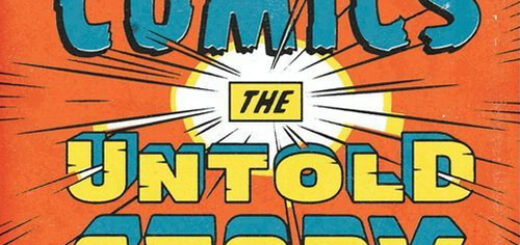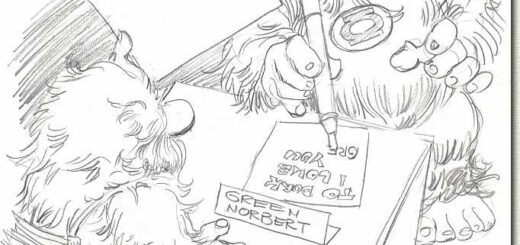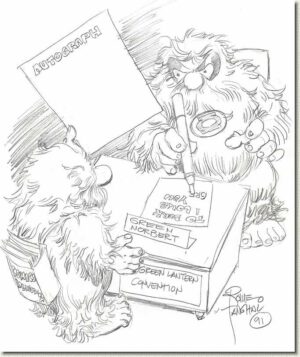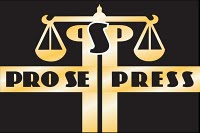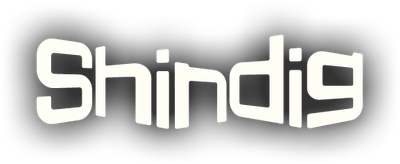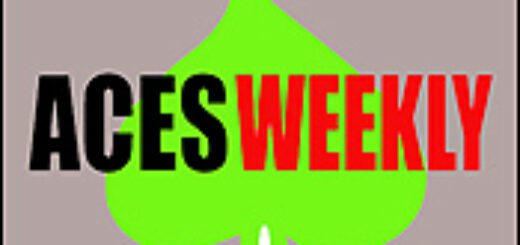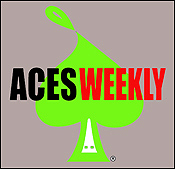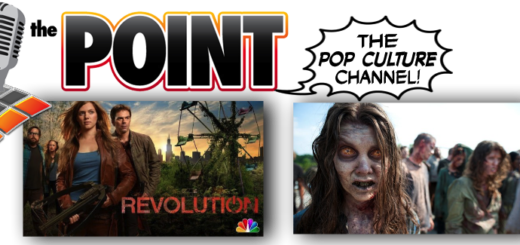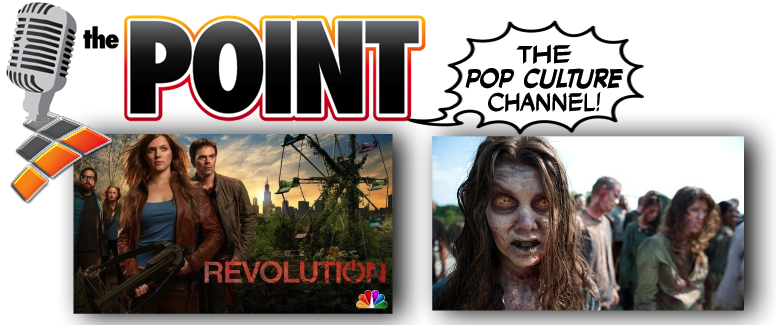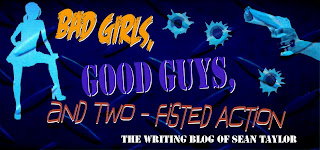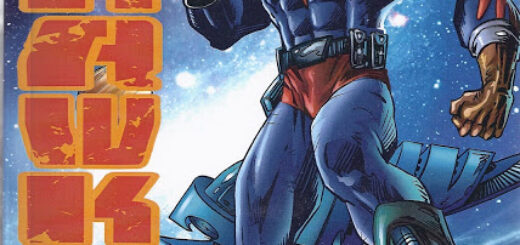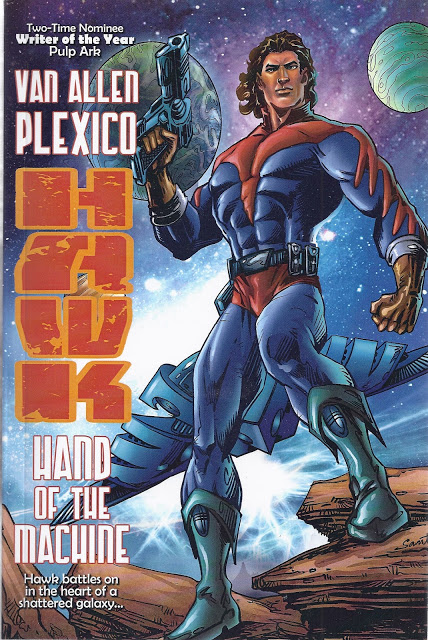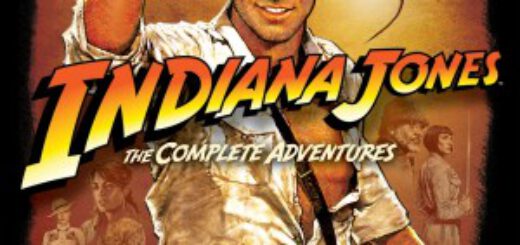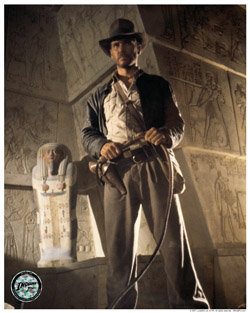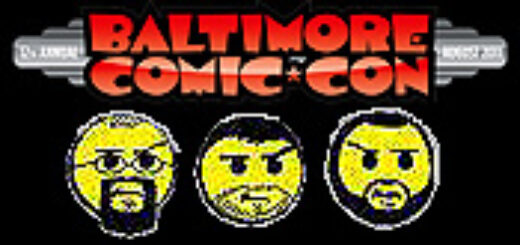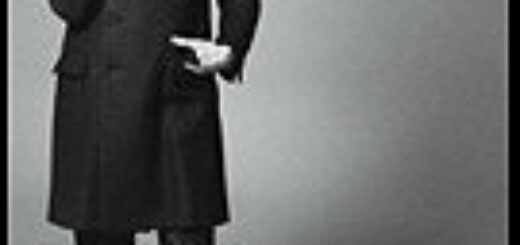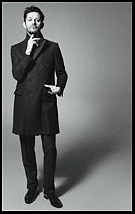Review: “Marvel Comics: The Untold Story” by Sean Howe
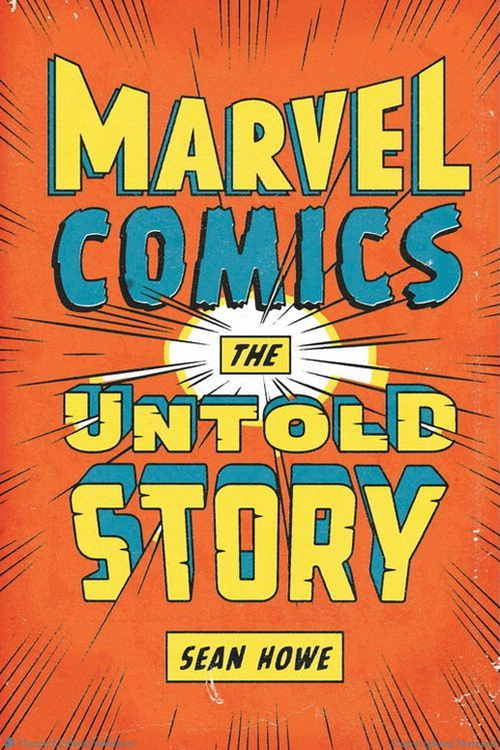 Despite the massive mainstream success of comic-to-screen adaptations like Marvel’s [[[The Avengers]]] and DC’s [[[The Dark Knight Rises]]], there hasn’t been much serious scholarship or long-form journalism around the superhero comic book industry in the last few decades. Any time a newspaper or magazine takes a crack at it, the stories tend to be ego-inflating looks at how a chosen few grizzled visionaries (usually Stan Lee and only Stan Lee) created an entire industry out of whole cloth and had the time of their life doing it, while publisher-sponsored histories tend to focus on the characters, rather than the creators.
Despite the massive mainstream success of comic-to-screen adaptations like Marvel’s [[[The Avengers]]] and DC’s [[[The Dark Knight Rises]]], there hasn’t been much serious scholarship or long-form journalism around the superhero comic book industry in the last few decades. Any time a newspaper or magazine takes a crack at it, the stories tend to be ego-inflating looks at how a chosen few grizzled visionaries (usually Stan Lee and only Stan Lee) created an entire industry out of whole cloth and had the time of their life doing it, while publisher-sponsored histories tend to focus on the characters, rather than the creators.
And it’s the creators who are key to the new book Marvel Comics: The Untold Story, wherein author Sean Howe mercifully forgoes the breathless “Excelsiors” and “Face Fronts” of the officially-sanctioned or poorly-conceived histories of years past for an extremely thorough and immensely accessible look at the comic publishing titan’s history, from the early days of Timely and Atlas all the way through the company’s purchase by Disney in 2009.
What Howe demonstrates, knowingly or otherwise, is that much of the dialogue around superhero comics today is nothing we haven’t gone through before. Marvel Comics: The Untold Story characterizes the House of Ideas as being stuck in something of a loop: Creators wrest creative control from editorial one way or another, until Marvel’s skittish owner (from Martin Goodman to New World Pictures to Ike Perlmutter and others, depending on the year) pressures editorial to exert more control in an effort to protect the licensing viability of the company’s stable of intellectual property.
To that end, while Howe rightfully devotes plenty of the story to Jack Kirby, his chronic mistreatment and marginalization by Marvel editorial and corporate, his legal struggles against Marvel, and his increasingly strained relationship with Stan Lee and odd reconciliation later in life, he also spends plenty of time on Howard the Duck creator Steve Gerber and his disillusioned self-imposed exile to independent comics. Howe’s reporting and narrative paints Gerber as the poster child for the creator’s rights movement, abused by a callous corporate comics publisher and denied the copyright to his own creation.
But to Howe’s credit, he did a staggering amount of research for this history, and the book reflects it: For every controversial event or personality, Howe presents the other side the story. While the legendary Todd McFarlane-led uprising of superstar Marvel artists against editorial that would lead to the formation of Image Comics is well-represented, Howe’s interviews with Fabian Nicieza and Tom DeFalco tend to paint the Image founders as spoiled, self-entitled children. It’s a fine line to walk between presenting these views and endorsing either of them, but Howe walks it admirably. The sole exception here may be Howe’s representation of creators like Jim Shooter and Steve Ditko, but neither of them sat down with Howe for this book, and if Howe couldn’t find anybody at Marvel past or present willing to say much in the way of kind words about them, that’s hardly the author’s fault – but the sections devoted to the two legends tend to come off as extremely uncharitable as a result.
And while on the subject of Howe’s research, it’s clear that he didn’t take half-measures, and it’s a testament to his skill as a biographer that his frequent digressions into anecdotes about former editor-in-chief Marc Gruenwald’s office pranks, the secret revealed after John Verpoorten’s untimely death, Morrie Kuramoto’s friendly rivalry with fellow proofreader Danny Crespi, and other Marvel staffers don’t break up the narrative.
You may have noticed that I haven’t mentioned Stan Lee much, and that’s for a very simple reason. Possibly one of the more subtle, but daring, choices Howe makes is to downplay Marvel’s founding editor, painting him as an often-absentee boss who gave up on comics early in the company’s history and tried to parlay his status as the public face of a medium into a career in Hollywood and beyond. He’s a constant presence in Howe’s telling of the Marvel story, but often only in the background, making more of an impact as a showman and mascot than he ever did as an editor or writer. He’s not unkind to Lee, exactly, but he comes off as almost dismissive, choosing instead to focus on the struggles between the Marvel creators and editors actually publishing the books, and the company’s ownership – a struggle Lee hardly figures in to after leaving Fantastic Four, the odd lawsuit aside.
Howe’s documentarian writing style can sometimes come off as a little dry, and he only discusses specific characters and storylines in the context of Marvel’s business at that point in time and what it meant for the company. The infamous “Heroes Reborn” event, for example, is cross-examined in terms of Marvel’s relationship with Image and its demoralizing force in the Marvel bullpen, rather than the issues themselves.
In short, Marvel Comics: The Untold Story is thought-provoking stuff that has a lot to teach comic book fans new and old. But it’s definitely more Ken Burns than Morgan Spurlock.

